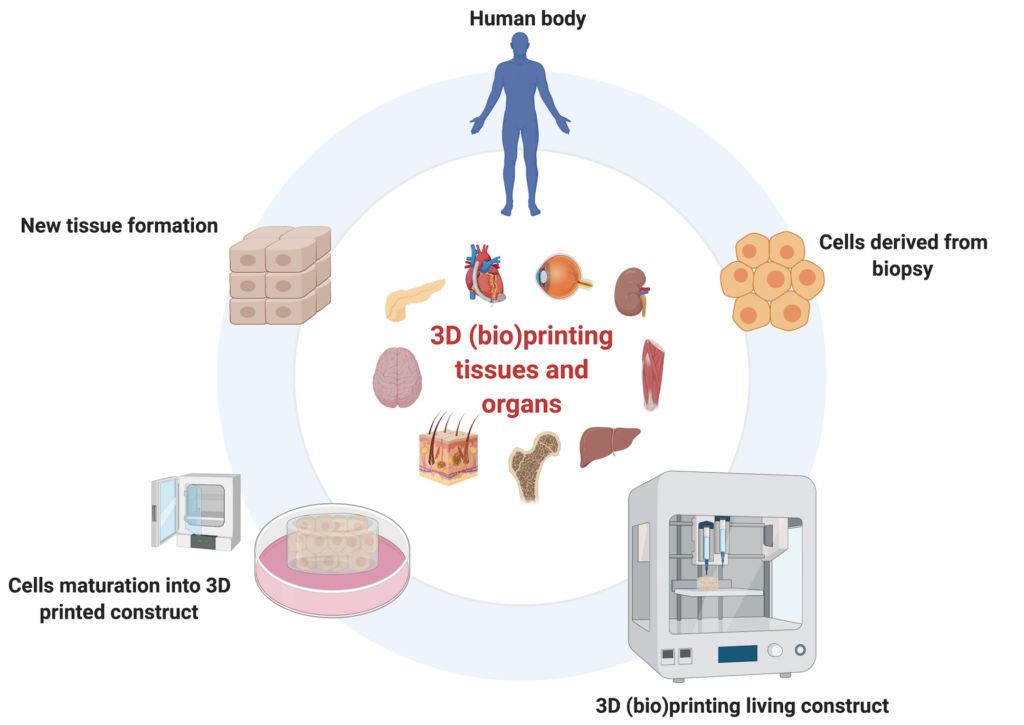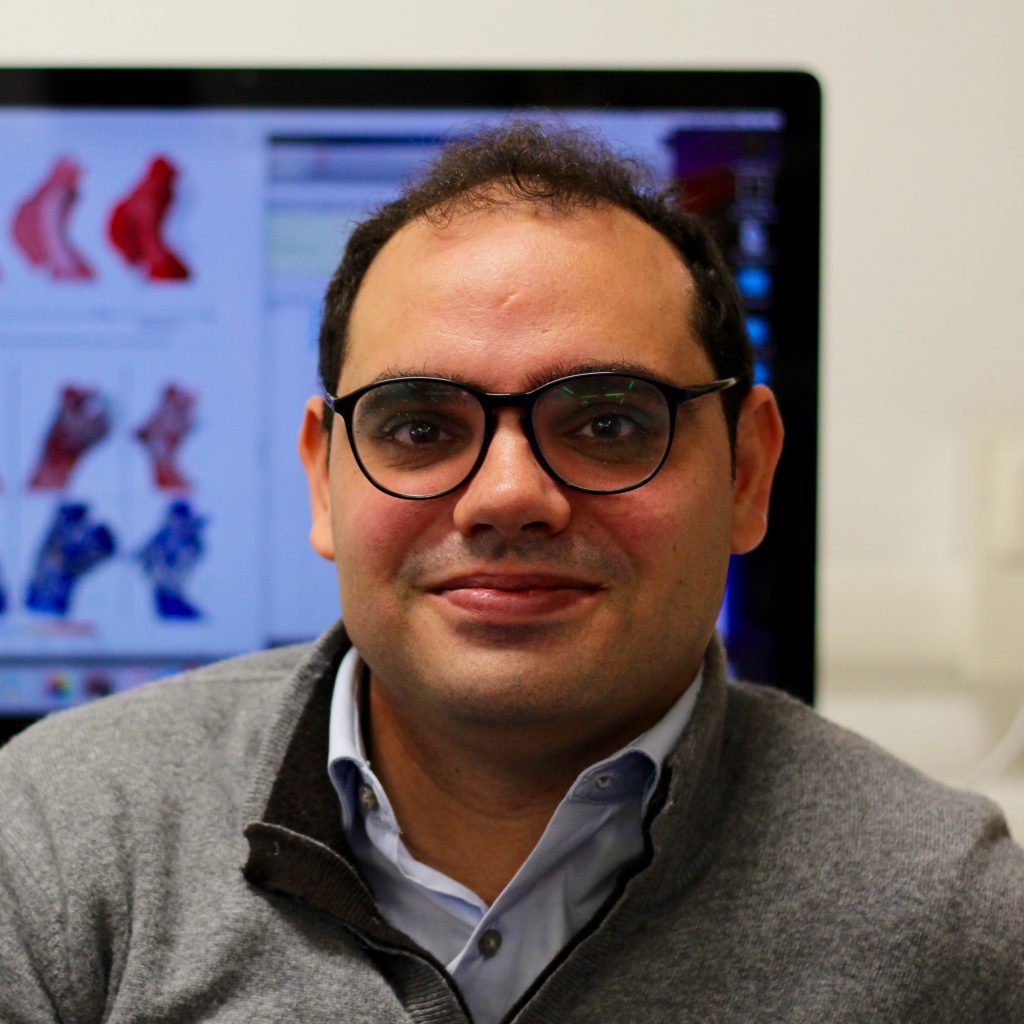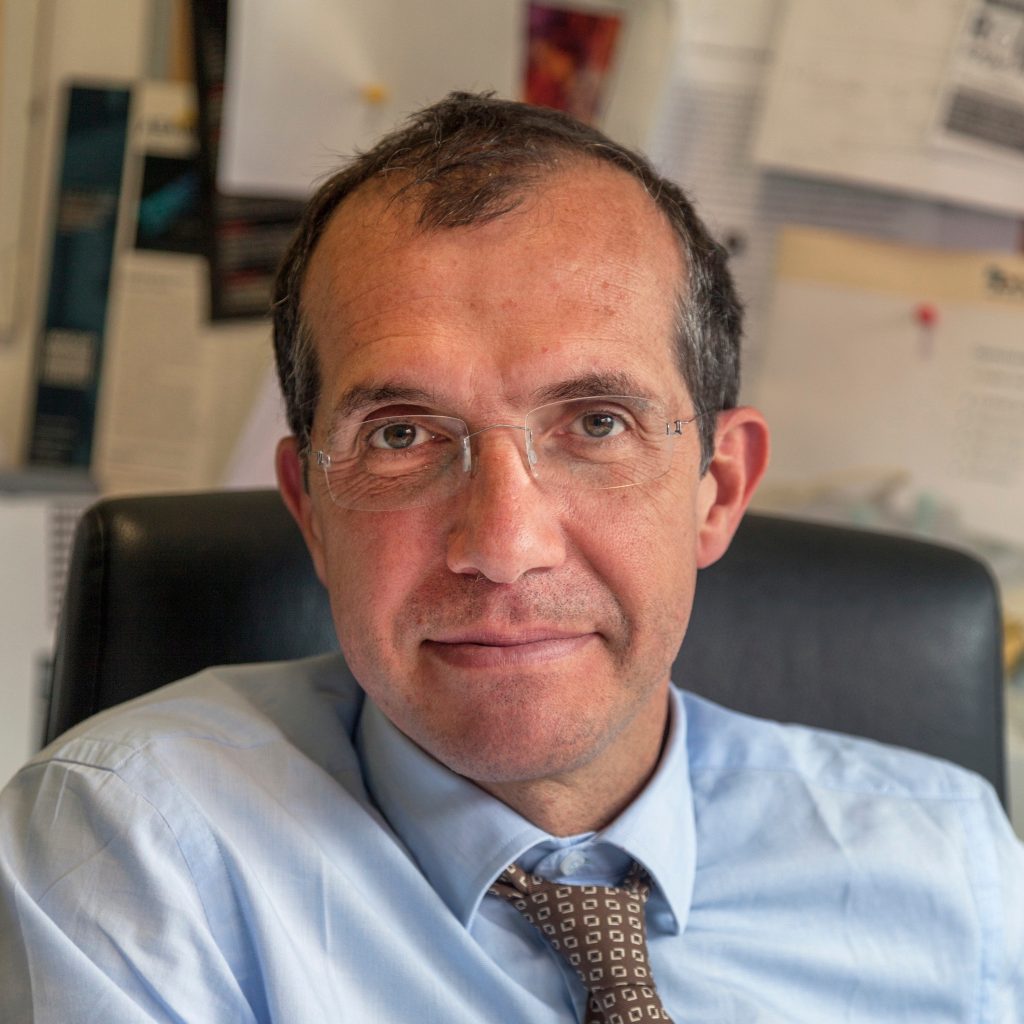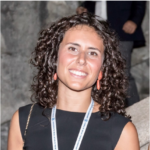About us
Since 2011, the CompMech Group has been active in the field of 3D printing, acquiring new technologies and processing innovative materials. In particular, the use of 3D printing in the biomedical field was one of the driving topics of the CompMech Group, so much so that it led to the creation of 3D4Med, the first clinical 3D printing laboratory in Italy, to create patient-specific 3D anatomical models for surgical planning and training of trainees.
In 2017 the 3D Bioprinting (BioP) technique was introduced in the portfolio activities of the CompMech Group and the first 3D bioplotter was acquired.
The BioP is a 3D printing additive manufacturing technique aiming at realizing 3D constructs by depositing, layer-by-layer, biological components [1] (e.g., cells, growth factors, genes, etc.) in order to use them directly on humans [2] to repair or replace damaged tissues or as a material for biological and pharmacological studies [3].
BioP main elements are: the bioink (i.g., biomaterials in which biological components are encapsulated) and the 3D bioplotter (i.g., 3D printer system used to extrude the bio-ink).
BioP process consists of following steps: i) patient biopsy to obtain autologous cells, ii) in-vitro cell maturation, iii) cell encapsulation within the biomaterial to realize the bio-ink, iv) 3D printing of the construct, v) incubation and maturation of the 3D biological construct, vi) implant on the human.
To date, the BioP@CompMech has several active collaborations with both internal and external research groups at the University of Pavia. In particular, the BioP@CompMech aims at giving an engineering approach to processes related to the BioP field.
Core Team
Students
Key Collaborators
References
[1] V. Mironov, “Printing technology to produce living tissue.” (2003): 701-704.
[2] A. Skardal and A. Atala. “Biomaterials for integration with 3-D bioprinting.” Annals of biomedical engineering 43.3 (2015): 730-746.











